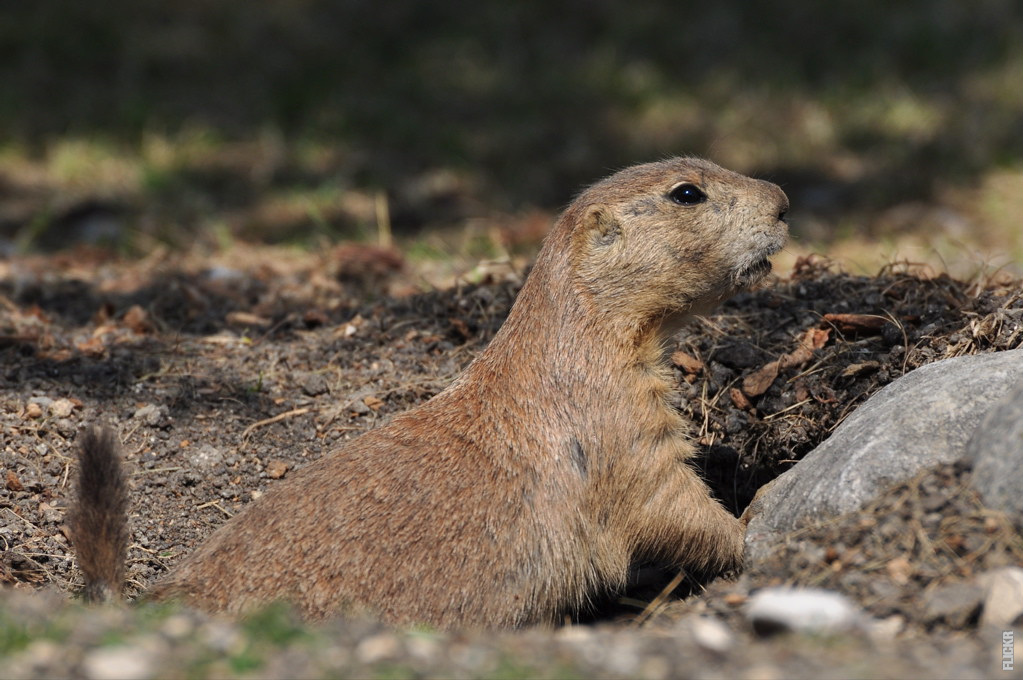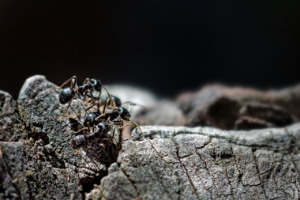The Ingenious Diet of Beavers
Beavers, the master architects of the animal kingdom, are renowned for their ability to build intricate dams and lodges. But have you ever wondered what fuels these industrious creatures? Join us on a fascinating journey into the dietary habits of beavers and discover the secrets behind their remarkable survival.
A Varied and Resourceful Menu
Beavers are primarily herbivores, consuming a diverse range of plant material to meet their nutritional needs. Their diet acts as a cornerstone for supporting their energetic lifestyle and fulfilling various physiological requirements.
Wood: The Staple Food
Wood forms the foundation of a beaver’s diet. These ingenious rodents possess strong incisors that allow them to fell trees and gnaw through branches. Beavers prefer the bark, twigs, and leaves of deciduous trees such as aspen, willow, and birch. They even have a preference for trees with softer wood, making their dining experience a breeze.
Aquatic Munchies: A Culinary Delight
Beavers are well adapted to an aquatic lifestyle, and their menu reflects this. They actively seek out aquatic plants, including water lilies, sedges, and pondweed, which provide essential nutrients. These underwater foraging expeditions demonstrate the beavers’ resourcefulness and their ability to exploit the abundant food sources found in their watery domains.
Seasonal Surprises: An Ever-Changing Feast
The beaver’s diet is not a static affair. It adapts and evolves with the changing seasons. During the warmer months, when plant growth is abundant, beavers feast on fresh vegetation, including grasses and herbs. As winter approaches and plant life dwindles, they rely more heavily on their cache of stored food, primarily consisting of tree bark and twigs.
Post
Post
The Power of Fermentation: A Unique Digestive System
Beavers possess a specialized digestive system that allows them to extract the maximum nutrition from their fibrous diet. The cecum, a pouch-like structure in their intestines, acts as a fermentation chamber where bacteria break down the tough plant material. This process enables beavers to derive nutrients from cellulose, a substance that is indigestible for many other animals.
A Balanced Diet for a Busy Lifestyle
By carefully selecting a variety of plant material, beavers ensure they maintain a balanced diet. This dietary diversity is essential for their overall health and well-being, providing them with the energy and nutrients needed to construct their elaborate dams and lodges, raise their young, and survive in their habitat.
Conclusion
Beavers are truly remarkable creatures, not only for their engineering prowess but also for their ingenious dietary habits. From wood to aquatic plants, these resourceful herbivores have mastered the art of foraging. By understanding their dietary choices, we gain a deeper appreciation for the ecological role they play and the incredible adaptations that have allowed them to thrive in their watery domains.



